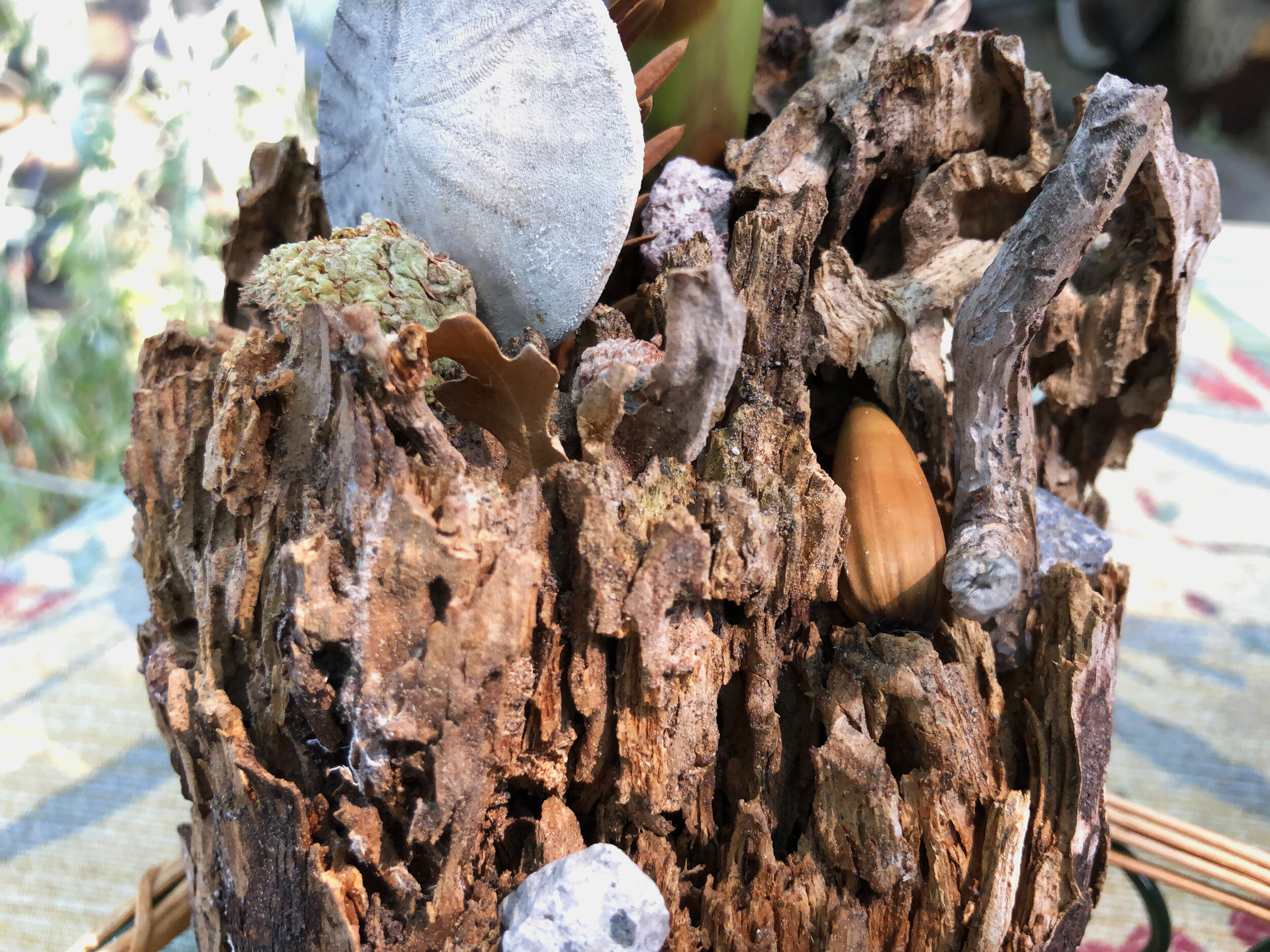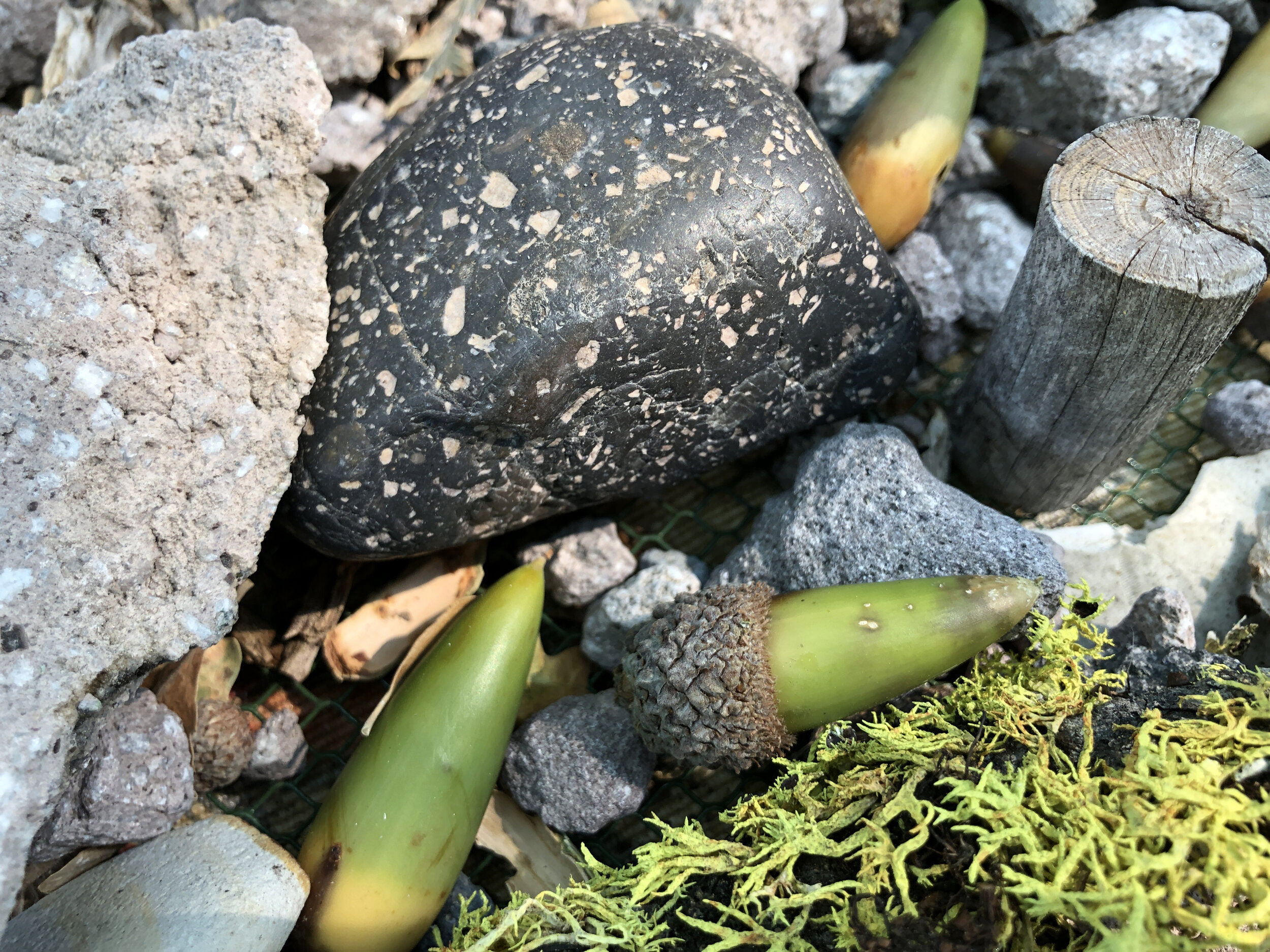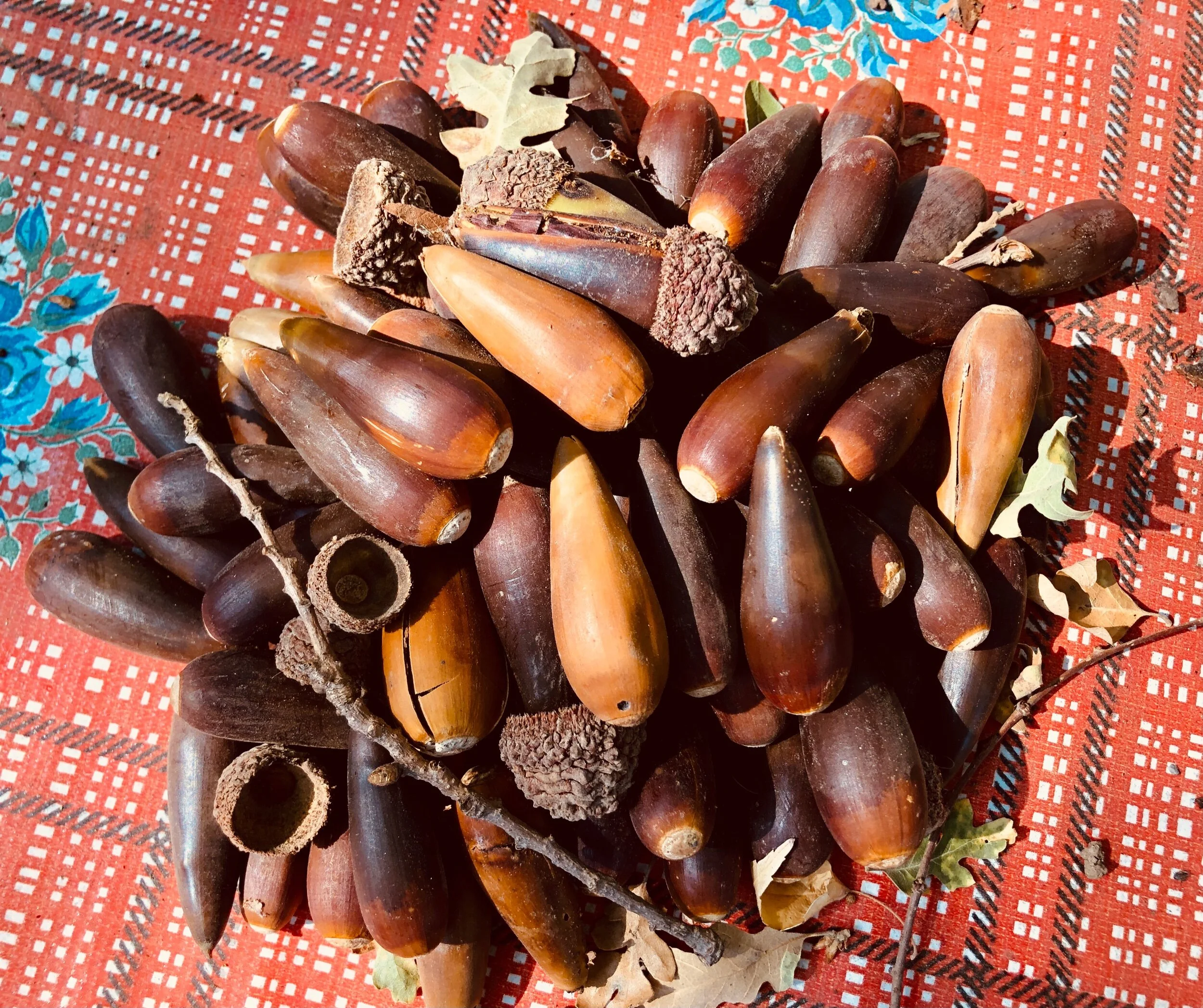Thoughts and actions inspired by reading of The Samurai’s Garden.
Participants in Bethany’s 2020 summer book study shared reflections
based on their reading of Gail Tsukiyama’s acclaimed The Samurai’s Garden.
Click here to view the video featuring some of their artistic interpretations.
Dimly, Then Clearly
Many of us were able to get online yesterday for the “final” gathering of The Samurai’s Garden book group. We enjoyed an interesting discussion after a very fitting devotion (I Corinthians 13) by Rev. Janice.
The final verses (11-12) really touched me as we have been reading the story—well, a story within a story—of two young people (Stephen and Sachi) confronted by illness as they enter the uncertainty of adulthood.
"“When I was a child, I spoke as a child, I understood as a child, I thought as a child; but when I became a man, I put away childish things. For now we see in a mirror dimly, but then face to face. Now I know in part, but then I shall know just as I also am known.”
It struck me as Janice read this passage that in times when I am not sure who I really am any more ... when I rue my inability (or reluctance) to speak out and stand up for what’s important ... when I wonder, “Where did that passionate, energetic young girl I used to be disappear to?”... it doesn’t really matter. Because when my reflection appears dim and old and dusty to me, God sees me clearly. When I stop berating myself and open myself to His presence, I learn something more about myself. My small, limited world opens up to great possibility.
—Cathy Sapunor
Memories of Another Adventure
This past March, while visiting Jim’s sister, Susie, on Maui, Susie and Jim worked in her garden. They built a planter and worked with the plants. One day I sat on her patio and with pen and watercolors painted a picture of the garden. So while reading The Samurai’s Garden, I remembered my own adventure.
—Rev. Judy Davis
Susie’s garden …
Judy’s painting …
Gail Tsukiyama has a new book! Check out the review in The San Francisco Chronicle.
“This book was full of shocks. I did not expect Kenzo’s action toward himself.”
—Barbara Aberasturi
Garden by Jackie Sneed … July 24, 2020
Garden by Rowena Frick … July 27, 2020
Garden by Dr. May Tuan Tucker … October 6, 2020
Garden by Dr. May Tuan Tucker … October 6, 2020
Garden by Barbara Greene … July 29, 2020
Garden by Cathy Sapunor … July 9, 2020
We Can Hold On to Discover a Deeper Beauty
One summer morning in August I went to William Land Park to spend a quiet morning in nature—to see the lotus flowers in a small pond as well to walk and to have moments to pause and reflect in the WPA Rock Garden. The pond with the lotus flowers and the Rock Garden are adjacent to each other, and yet are so different in their natural beauty and creativity. I thought of the various themes ofThe Samurai’s Garden as I spent time at the two places that morning. A theme threaded throughout the book was seeing beauty deep beyond the surface and through the scars and disfigurements of a disease. The book also revealed how individuals valued the beauty of deep friendships over wartime prejudice.
Two of the book’s characters, Matsu and Sachi, created beautiful gardens with rocks and stones and pieces of nature. Creating the gardens was a process of love, heart, and care. Even after forces of nature caused destruction of the gardens, Matsu and Sachi began again to create new gardens of beauty. This image of resilience, grace and hope came before us in different scenarios throughout the book yet revealed this same image.
That summer morning in the midst of the many lotus flowers in the pond, I saw a fading flower that had passed its prime. Yet it still held its own beauty.
I then walked to the Rock Garden, and followed the path that wove throughout the garden. There was a different beauty there of rocks, trees, native plants and succulents. Small benches were placed in the garden to spend moments of peace and quiet reflection.
That summer morning the themes of The Samurai’s Garden continued to come to mind. These themes are always important in life, but are especially vital now during this time of the pandemic, the devastating fires of destruction, and social injustice. We can hold on to discover a deeper beauty and to hold in our hearts the hope we have in God.
—Rev. Janice Kamikawa
_ _ _ _ _
Photos taken at the lotus pond and WPA Rock Garden by Janice …
“How can you ruin stones? You can only re-arrange them and who knows if it won’t be for the better.”
Stephen, the perfectionist painter, is worried about ruining the pattern of Sachi’s carefully crafted sand and rock garden (kare sansui). Sachi is telling him that there is no “right way” when it comes to art—he should not feel bound and constricted but enjoy himself and let himself be “in the moment” while creating. This reminds me that I mustn’t get too attached to what I make or do; that most things—good AND bad—are fleeting. Why not scrap something, or say good-bye to another thing? Why not try something new, or fashion something old into something better?
Why not, as Sachi advises, re-arrange?
—Cathy Sapunor
Garden “sculpture” by Cathy … Sept. 30, 2020
Cathy’s garden, up close … Sept. 30, 2030
Going Nuts
While editing a recent church worship service video—a task which can take hours if you count the processing and upload time—I thought I’d take the laptop to the backyard instead of working indoors. It was a great idea. The air quality was unusually good considering all of the lingering smoke from recent California wildfires. The afternoon sun was comfortably warm, a change from constant over 100-degree summer temperatures. The blue jays were squawking harmoniously and the squirrels were “cheep=cheeping” back at them. My two dogs, oblivious to the noise, were napping.
And then the acorns started falling.
The tree above our patio has been dropping them like crazy, dozens and dozens every day. It’s not an issue … until you sit beneath the tree shielding a sensitive (and expensive-to-replace) device such as a computer. Acorns pelted the table every so often, occasionally landing on me, once hitting my keyboard. Every time an acorn connected with something solid, the dogs roused themselves to respond with barks. Quiet it wasn’t. Peaceful, no way.
Minute after minute I hunched over the computer, protecting it from damage while waiting impatiently for the edited video to post to YouTube. At first I was annoyed. Then I began to relive a favorite childhood pastime: dirt clod fights in the nearby vacant lot. As a girl, I got pretty good at dodging clumps thrown at my by my brother and his friends (and developed a pretty good arm myself). Now, as the acorns fell, I found myself batting them away, or trying to catch them. Pretty fun!
Eventually I stashed the computer—which was still working away—under the protective cover of the picnic table while I went indoors in search of our copy of the Farmer’s Almanac. There I learned that a huge increase in acorn production can be caused by several things, including disease in the tree and stress. As it didn’t seem likely the tree was INFECTED—because numerous others in the neighborhood are also felling acorns at an unprecedented rate—I decided the tree was AFFECTED. Affected by stress.
Stress on a tree is, I read, mostly due to weather. For me, stress is due to wildfires and pandemic disease and a critical upcoming presidential election. As I thought about all of these concerns, acorns no longer seemed the problem. Nature has its own way of dealing with stressful situations: shed excess baggage—like acorns—to lessen the burden.
I rescued the laptop from its hiding place an hour or so later, vowing to find ways to lessen my own worries. Praying more frequently is going to be one of those ways. Making creative use of 3,212 acorns is going to be another.
—Cathy Sapunor


















